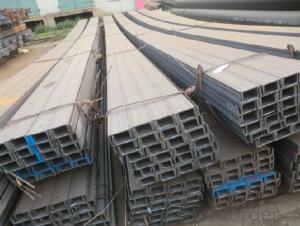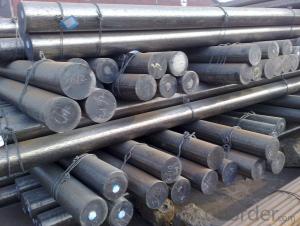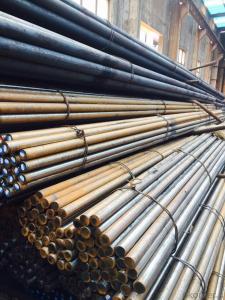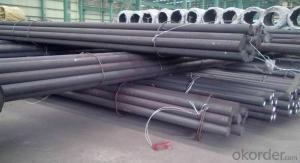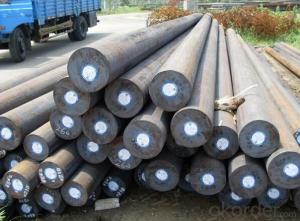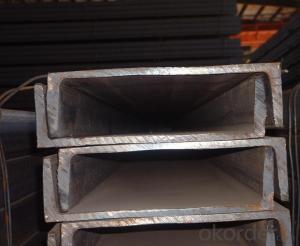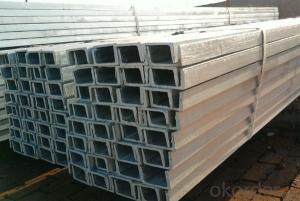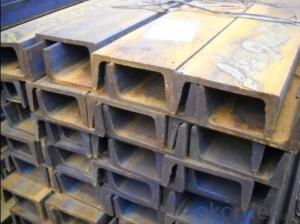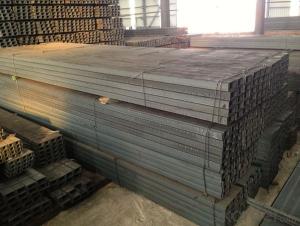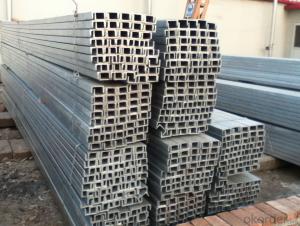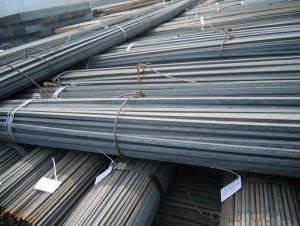Steel U Bar
Steel U Bar Related Searches
H S Code For Stainless Steel Surface Grinding Wheels For Hardened Steel Hole Saw For Stainless Steel Step Bit For Stainless Steel Transformers For Lights In Ceiling Led Lamps For Ceiling Stainless Steel Box With Lid Stainless Steel Bucket With Lid Ceiling Plate For Hanging Light Decorative Lights For CeilingHot Searches
Steel Mesh Panels For Sale Type Of Inverter For Solar Price Of Shipping Containers For Sale Types Of Inverter For Solar Aluminum Bar Stock For Sale Bags Of Cement For Sale Types Of Temporary Side Panels For Cement Deck Cost Of Awnings For Decks Type Of Scaffolding With Pdf Price Of Scrap Stainless Steel Price Of Stainless Steel Scrap Price Of Stainless Steel Galvanized Steel Scrap Price Type Of Stainless Steel Types Of Stainless Steel Grades Types Of Stainless Steel Aluminum Corp Of China Stock Types Of Scaffolding In Construction Pdf Stainless Steel Factory Stainless Steel TypeSteel U Bar Supplier & Manufacturer from China
Okorder.com is a professional Steel U Bar supplier & manufacturer, offers integrated one-stop services including real-time quoting and online cargo tracking. We are funded by CNBM Group, a Fortune 500 enterprise and the largest Steel U Bar firm in China.Hot Products
FAQ
- There are several different types of bracing systems that can be used with steel channels, depending on the specific requirements and structural needs of a project. Some of these bracing systems include: 1. Cross bracing: This is the most common type of bracing used with steel channels. It involves placing diagonal members or cables between two or more steel channels in a crisscross pattern. Cross bracing helps to evenly distribute the load and provides stability to the structure. 2. K-bracing: This bracing system consists of diagonal members or cables that form a K-shape between steel channels. It is typically used in buildings with rectangular or square footprints, as it provides strong resistance to lateral forces. 3. Chevron bracing: Similar to K-bracing, chevron bracing also utilizes diagonal members or cables. However, in this system, the diagonal members form a V-shape or chevron pattern. Chevron bracing is often used in structures where space is limited, as it requires less material and allows for more open floor plans. 4. X-bracing: This bracing system involves placing diagonal members or cables in an X-shape between steel channels. It is commonly used in buildings with long spans or high wind loads, as it provides excellent resistance to lateral forces. 5. Portal bracing: Portal bracing is used in buildings with large openings, such as garages or warehouses. It involves adding diagonal members or cables to create a portal frame between steel channels. This type of bracing helps to distribute the load evenly and prevents deformation of the structure. 6. Eccentric bracing: Eccentric bracing is a specialized bracing system that allows for controlled yielding during seismic events. It involves placing diagonal members or cables off-center from the vertical axis of the steel channels, which helps to dissipate energy and reduces the impact of seismic forces. These are just a few examples of the different types of bracing systems that can be used with steel channels. The choice of bracing system will depend on factors such as the structural requirements, building codes, and the specific needs of the project.
- How can theoretical weight be obtained for 12.5 channel steel?
- Using 12.6# (126*53*5.5)Weight 12.37 m/kgTheoretical weight of channel steel W=0.00785* waist thickness [height +e (leg width waist thickness)]E value: the general model is 3.26The steel density is 7.85g/cm3
- What is the difference between channel steel and angle steel?
- The cross section of the channel steel is concave, and the cross section of the angle steel is L to form 90 degrees angle, but the length of the two sides is equal. Standard Specification for steel: height (mm) * leg width (mm) * * waist thickness (mm) * length (M) representation, e.g., 75 * 40 * 4.5 * 6.
- Overhanging Scaffold; channel spacing
- Placement of the cantilever beam, welding rod base, since the corner in order to both sides of the bottom vertical pole, bottom and vertical sweeping bar buckle is fixed, installed in the horizontal sweep shot, and is fixed with a vertical rod, each side up 3--4 pole, then installed the first step (longitudinal flat bar and the vertical and lateral buckling) fixed flat bar (a small bar, near the pole and longitudinal vertical rod fastening fixed). To correct the vertical and horizontal lever of the upright pole to meet the requirements, tighten the fastening bolts according to the 45--55N & M force to form the initial section of the frame, and then extend forward in accordance with the above requirements until the first step of the rack is completed. After crossing the circle, the quality of the structure shall be thoroughly checked, and the design requirements and the quality of the frame shall be strictly ensured. The end wall parts shall be provided, and the second and third steps shall be erected according to the operation procedures and requirements of the first step...... In accordance with the erection process and the fashion set, the wall piece and the scissors support are provided with a work layer, a cross bar, a foot board and a work layer railing, a foot blocking board and a close mesh net.
- Steel channels are known for their excellent strength and durability, making them suitable for various applications, including high-vibration environments. In such environments, steel channels perform exceptionally well due to their inherent properties. Firstly, steel channels have a high tensile strength, allowing them to withstand significant vibration forces without deforming or breaking. This strength is crucial in high-vibration environments where constant motion and mechanical stress are present. The robust nature of steel channels ensures their ability to handle the vibrations effectively. Moreover, steel channels have excellent damping characteristics, meaning they can absorb and dissipate energy from vibrations. This property helps to minimize the impact of vibrations on the overall structure or equipment. By reducing the amplitude of the vibrations, steel channels contribute to maintaining stability and preventing potential damage or failures. Additionally, steel channels can be designed and manufactured to meet specific requirements, allowing for customization based on the intensity and frequency of the vibrations. This flexibility in design enables engineers to select appropriate dimensions, cross-sections, and configurations to optimize the performance of steel channels in high-vibration environments. Furthermore, steel channels are highly resistant to corrosion, which is particularly important in environments where moisture, chemicals, or other corrosive agents may be present. Corrosion can weaken the structural integrity of any material, but steel channels are able to retain their strength and performance over extended periods, even in harsh conditions. In summary, steel channels are well-suited for high-vibration environments due to their high tensile strength, excellent damping characteristics, design flexibility, and corrosion resistance. These qualities make steel channels a reliable and efficient choice for applications in industries such as construction, infrastructure, transportation, and manufacturing, where high-vibration environments are common.
- Yes, steel channels can be used for exhibition stands. Steel channels are commonly used in construction and engineering industries for their strength and durability. They provide excellent structural support, making them ideal for creating sturdy exhibition stands. Additionally, steel channels can be easily customized and shaped to fit specific design requirements, allowing for versatile and unique stand designs.
- There are several different types of welding processes that can be used for steel channels, depending on the specific application and requirements. Some of the most common types of welding for steel channels include: 1. Shielded Metal Arc Welding (SMAW): Also known as stick welding, SMAW is a versatile and widely used welding process. It involves the use of a flux-coated electrode that melts and forms a weld when it comes into contact with the steel channel. SMAW is suitable for welding steel channels of various thicknesses and can be used in both indoor and outdoor settings. 2. Gas Metal Arc Welding (GMAW): Commonly referred to as MIG (Metal Inert Gas) welding, GMAW utilizes a continuous wire electrode that is fed through a welding gun. The wire electrode melts and fuses with the steel channel as an inert gas shield is applied to protect the weld from atmospheric contamination. GMAW is known for its speed and ease of use, making it a popular choice for welding steel channels in production environments. 3. Flux-Cored Arc Welding (FCAW): Similar to GMAW, FCAW also uses a continuous wire electrode. However, instead of using an inert gas shield, FCAW employs a flux-filled wire that creates its own shielding gas when heated. This process is particularly useful for welding steel channels in outdoor or windy conditions, as the flux provides better protection against atmospheric contamination. 4. Gas Tungsten Arc Welding (GTAW): Also known as TIG (Tungsten Inert Gas) welding, GTAW uses a non-consumable tungsten electrode and an inert gas shield to create a high-quality weld. This process offers precise control over the welding parameters and is commonly used for thin sections of steel channels or when aesthetics and precision are crucial. 5. Submerged Arc Welding (SAW): SAW is a welding process that involves the use of a continuous wire electrode and a granular flux that is fed onto the welding area. The flux covers the weld, preventing atmospheric contamination and creating a protective blanket. SAW is often used for welding thicker steel channels or in automated welding applications. These are just a few of the different types of welding processes that can be used for steel channels. The choice of welding method depends on factors such as the thickness of the steel, the desired strength and appearance of the weld, and the specific application requirements. It is important to consult with a qualified welding professional to determine the most suitable welding process for your steel channel project.
- Indeed, steel channels are a fitting choice for railway infrastructure projects. Their high strength and durability make them a common selection in such projects. Steel channels possess the ability to bear heavy loads and impart stability to the railway structure. Furthermore, steel channels exhibit remarkable resistance to corrosion and can endure harsh weather, rendering them perfect for outdoor usage. Moreover, the ease of fabrication and installation of steel channels aids in expediting the construction process. Ultimately, the incorporation of steel channels in railway infrastructure projects guarantees the safety and longevity of the railway system.





















